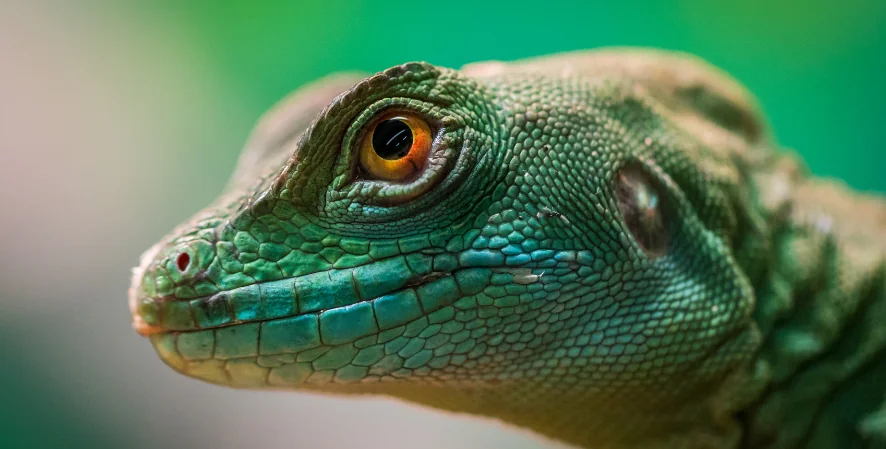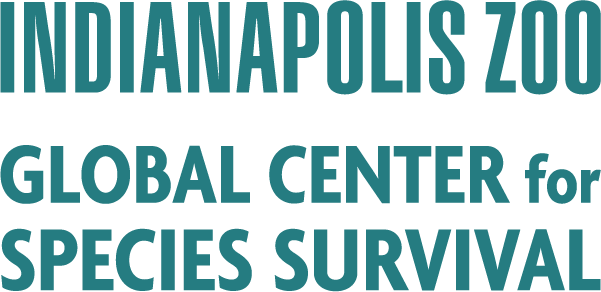
Global Reptile Assessment
It’s no secret that globally, many species of animals, fungi and plants aren’t doing well. Due to a range of threats, these species are at risk of extinction in the future if we do not take action now. But with so much to be done in conservation, how do scientists and conservation organizations prioritize what steps to take and which species to help first?
Global extinction risk assessments are used to analyze large groups of species and determine which groups are the most threatened, which areas of the world have the highest number of threatened species, and which threats are causing population declines. Once completed, the information can be used to guide conservation planning and action. These global assessments have previously been completed for mammals, birds, and amphibians (as well as some invertebrate and plant groups).
Now, the first-ever global reptile assessment – led by NatureServe, the International Union for Conservation of Nature, and Conservation International – has just been published in Nature. After assessing 10,196 species of reptiles, researchers found that 21.1% of all reptiles (at least 1,829 species) are threatened with extinction. This means they are classified as either Vulnerable, Endangered, or Critically Endangered on the IUCN Red List of Threatened Species. These assessments are based on data from scientific literature and species experts and include geographic distribution, population abundance and trends, habitat and ecological requirements, and threats.
Let’s take a step back. What is a reptile? Is there any difference between the major reptile groups in terms of how threatened they are? Reptiles are comprised of turtles, crocodilians, lizards, snakes, and tuatara. Turtles and crocodilians are the most threatened groups – 57.9% of turtle species and 50% of crocodile species are threatened, compared to 19.6% of the lizards and snakes. Some specific lizard and snake families are highly threatened – for example, 73.8% of the iguanids (iguanas and related species). The single extant species of tuatara is not threatened.
Are there certain areas with more threatened species than others? Yes – Southeast Asia, West Africa, northern Madagascar, the northern Andes and the Caribbean are hotspots for threatened reptile species. This is similar to hotspots for threatened birds, mammals and amphibians. A key result from the Global Reptile Assessment is that actions to conserve a diversity of threatened bird, mammal and amphibian species may actually work as a good surrogate for conserving threatened reptiles. Previously identified geographic priorities for birds, mammals and amphibians overlap well with prioritizations for most threatened reptile species. For those reptile species that are very range-restricted (microendemic), a specific conservation focus is likely needed. For example, the ranges of 31 threatened reptiles do not overlap with the ranges of any other threatened bird, mammal or amphibian.
What’s threatening reptiles, and is it any different from what’s threatening other taxa? The major threats are very similar to what afflicts other vertebrate groups: agriculture, logging, urban development, invasive species and climate change. Many of these threats, like agriculture, logging and urban development, are significantly more likely to affect forested areas. Over half of all reptiles live in forested areas, so more of the forest-dwelling reptiles (26.6%) are threatened than the reptiles that live in arid habitats (13.7%). Crocodiles and turtles are more frequently affected by hunting, local consumption and international trade. Climate change may have a variety of impacts on reptiles, including reducing the amount of time each day when temperatures are right for foraging, skewing sex ratios in species with temperature-dependent sex determination, and shrinking species ranges.
So now what? The information from the Global Reptile Assessment is vital to the work of reptile conservationists worldwide, including the 10 reptile Specialist Groups under the IUCN Species Survival Commission that are supported by the Indianapolis Zoo’s Global Center for Species Survival. Their work focuses on the Species Conservation Cycle: activities include species assessments, followed by conservation planning, action and advocacy. With the Global Reptile Assessment having laid the basis of species assessment, conservationists can thus focus on planning and implementing the lessons learned from the assessment data. Specifically, the information can be integrated into conservation planning to establish priority areas for habitat protection and protected area delineation, and species priorities for active conservation actions. Land protection will be key to protect reptiles from some of their greatest threats like agriculture and urban development. Assessors found that the ranges of 474 threatened reptile species are completely outside of any formal protected areas. Some of these species may trigger what is known as Key Biodiversity Areas, areas of the globe that contribute ‘significantly to the global persistence of biodiversity’. Conservation policies and practices will also have to target unsustainable harvest and the spread of invasive species and disease. While conservation efforts directly at other taxa will likely benefit reptiles overall, some reptile species will still need specific focused conservation.
Published April 28, 2022

